
Developer: Dimps
Publisher: Bandai Namco Games
Platforms: PS4, PS3, Xbox 360, Xbox One, PC
Tested on: PS4
Dragon Ball Xenoverse – Review
Dragon Ball Xenoverse is the first Dragon Ball game on modern consoles, borrowing parts from Dragon Ball Online and Dragon Ball heroes, both of which were released in 2010. Although Xenoverse is the 15th fighting game released under the Dragon Ball name, it manages to bring a refreshing take on the genre, with a brand new and interesting storyline.
Story
As far as stories go in fighting games, it’s usually little more than an afterthought. Surprisingly, it’s quite the opposite in the case of Xenoverse; as the game literally begins with you, the player, being summoned into existence by the God Dragon Shenron to help restore the Dragon Ball timeline. How’s that for a start? You are quickly introduced to a character named Trunks, who is the one who asked for an ally in his fight to keep the timeline from falling apart. After a couple of quests aiding the well-known heroes of the series, it becomes apparent that the disruptions are caused by Towa and Mira, whose names should sound familiar if you’ve played Dragon Ball Online. The game revolves around the quest hub, Toki-Toki City in which you’ll be able to meet and interact with a lot of the series characters, and even become their students!
Graphics
Before diving into the game, players get a chance to fully customize the race and look of their character. Wandering in Toki-Toki City feels looming and mysterious, with Shenron keeping a watchful eye. The city is filled with NPCs and does a great job of conveying the atmosphere of being ‘outside’ of time itself. Cutscenes are faithful to the series and don’t usually outstay their welcome.
The actual 3D fighting part is remarkably smooth, and the fighting itself is breath-taking. It isn’t easy to bring the carefully planned and drawn epic fights of the animated series to a real time combat platform, but saying they “managed”, might be an understatement. The stages are big, open and varied, as well as fully destructible, with flawless movement transitions between swimming, running and zipping through the air. Chaining attacks and using abilities feels fast, and responsive, all the while looking consistently smooth. Nothing comes even close to using your Kamehameha to blast your enemy from the sky into a tree and actually see it break in half.
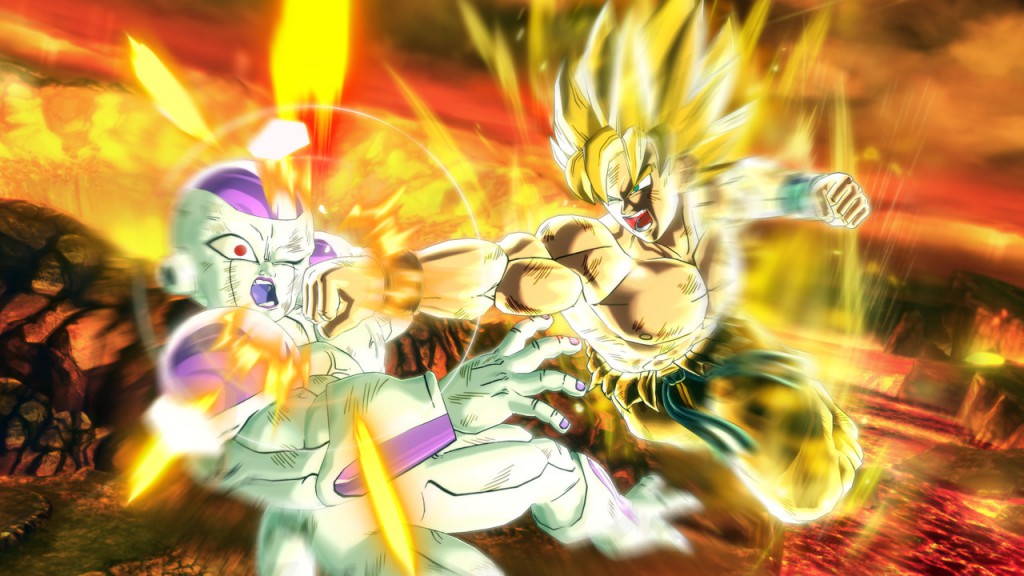
Sound
Dialogue is available in both original Japanese and English, with decent voice-acting quality. Background music is mostly unobtrusive and is quietly present in the background, with an exception for Toki-Toki city, where the uplifting main theme plays in the foreground. The sound effects accompanying your moves are okay-ish, but now and then a move suddenly blasts out at double the normal volume, which can be quite annoying when the audio is turned up reasonably high. NPC lines seem to be quite limited, as it really is amazing how they keep being surprised over and over by your powerlevel, which they will gladly keep voicing over and over.
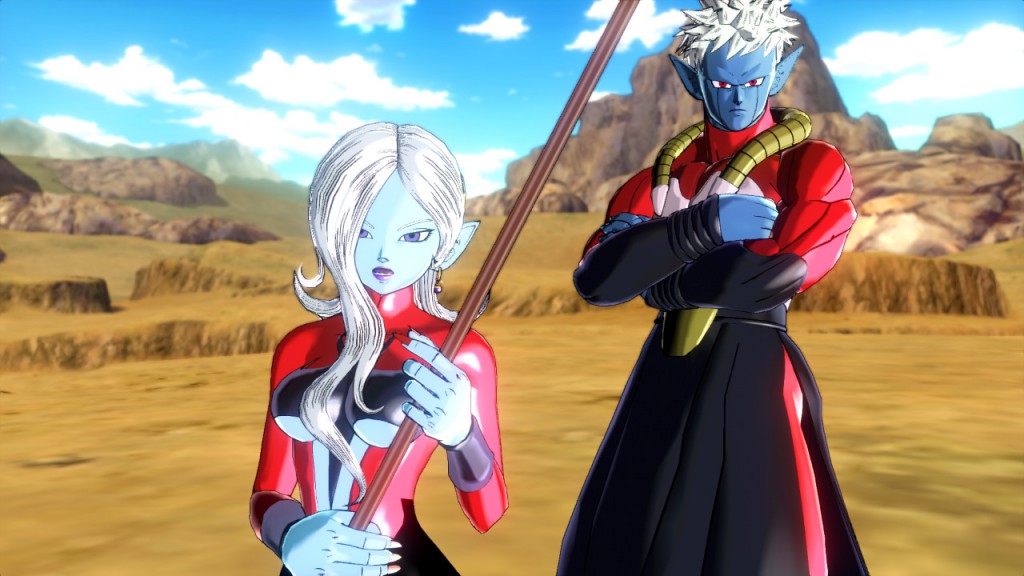
Gameplay
The fighting system is easy enough to learn, but stays interesting because of the massive variety of moves you can equip. The UI is clean and simple, with bars for health, Ki and guard. A fight mostly consist of mashing two buttons corresponding with either strong or weak attack for close and personal fighting, or the Ki-Blast button for a ranged attack. Pulling the right trigger brings up the Special Moves, which will consume Ki, and using both triggers allows you to unleash an Ultimate attack, which will consume most of your Ki. The Guard meter fills up passively and allows you to dodge or block incoming attacks. How fast either of these bars fill up depends on the race of your character which you picked at the start of the game. Movement is reasonably straightforward, pressing X will make your character perform a jump, holding it increases your elevation. Getting back down to ground level is done by pressing the left analogue stick, which can be annoying. Luckily, most of that is solved by simply locking on to your target with R1, which will make moving around a lot easier, as well as keep the target in the center of the screen.
Most quests contain multiple stages filled with varying amounts of enemies and alles, which are accessible through gates. You can use your scouter to find and lock on to these portals, as well as find hidden items scattered throughout the map or find hiding enemies. Completing a quest’s objective (mostly beating up one or many enemies, but sometimes completely different) will yield a score, as well as XP. Leveling up gives you skillpoints to increase your character’s stats as you see fit, as well as some cash to purchase consumable items or clothing with. One instance of a notably different mission involved collecting dragon balls, while also fighting of enemies trying to pick up these dragon balls for themselves, resulting in an enjoyable back an forth.
Throughout Toki-Toki city you can find NPC’s which can become your sensei by talking to them. In an introductory fight you must bring down their health enough to be deemed worthy to go into training, and if you do well enough they’ll teach you their signature move. Besides the multiple shops in the economic district and main quest hub in the north, you can also partake in ‘parallel battles’ and team up in the third district. These parallel battles are side quests that can be played with either NPC teammates or with other players over the internet, but going with offline mode usually results in you doing most of the fighting due to your partner’s AI being pretty terrible. There is also the option of just playing a battle (alone or in team) without any objectives other than deplete their HP before they deplete yours.
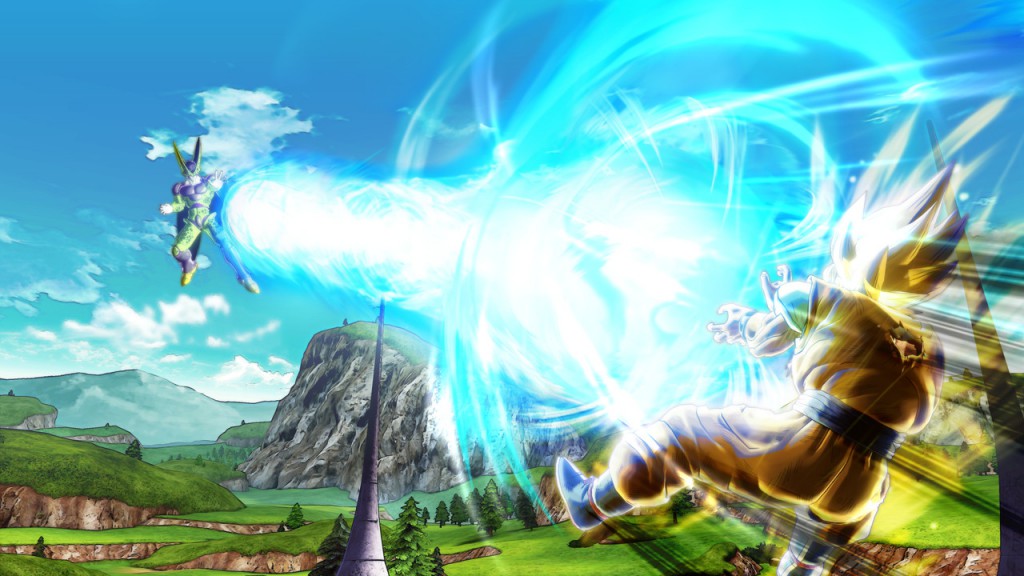
Conclusion
In true Dragon Ball style, the fights are epic and fast-paced, as well as varied enough with plenty of skills to try out. The extensive character creator really makes it ‘your’ game, opposed to playing a character from the series which is still possible in the parallel missions if you are inclined to do so. This makes the story engaging, with the levelling up and skilling attributes adding another layer of RPG-elements. The Toki-Toki City hub makes it feel more than a just a succession of fighting sessions while also giving you easy access to boatloads of items, skills and plenty more. Overall, Dragon Ball Xenoverse delivers a rewarding combat system in a very pretty (and very destructible) package. That being said, you probably won’t enjoy it as much without being familiar with the Dragon Ball canon.
Dragon Ball Xenoverse - Review,
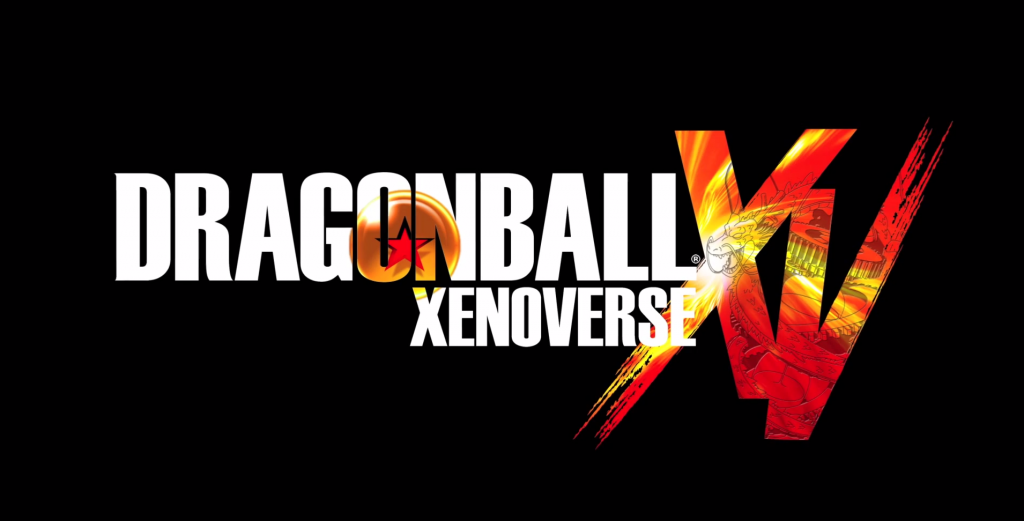
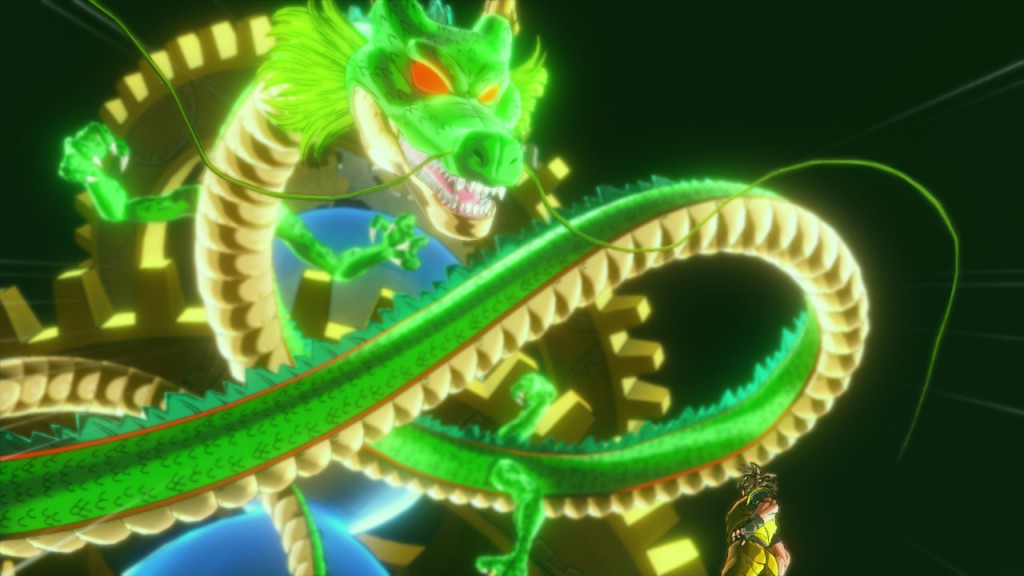
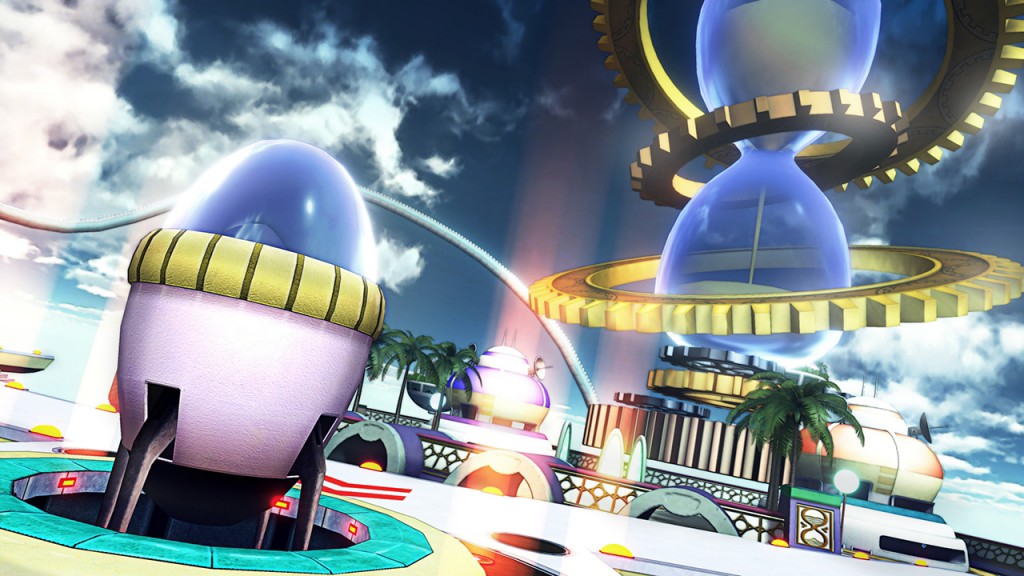
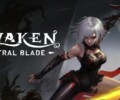



No Comments